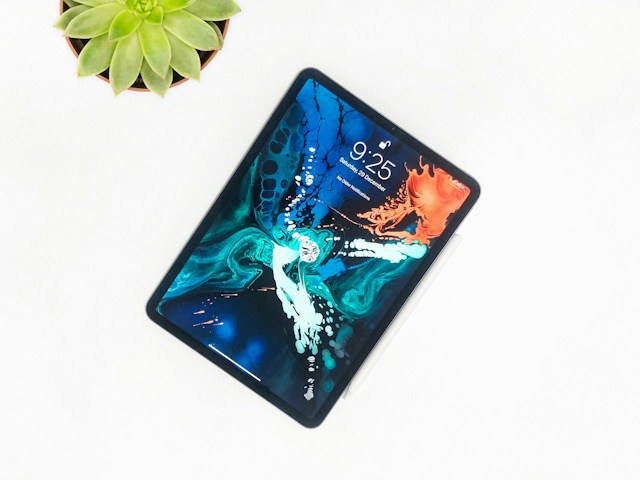In the world of tablets, two giants dominate the market: iPads and Android tablets. While they both offer similar features, there are some key differences that set them apart. From operating systems to app availability, let’s delve into the nuances of these two popular devices.
Operating Systems
One of the most significant differences between iPads and Android tablets lies in their operating systems. iPads run on Apple’s iOS, while Android tablets run on Google’s Android operating system. iOS is known for its user-friendly interface and seamless integration with other Apple devices. On the other hand, Android offers a more customizable experience, allowing users to tweak and personalize their tablets to their liking.
App Availability
When it comes to the availability of apps, the two platforms differ. iPads have access to the App Store, which boasts a vast selection of high-quality applications specifically designed for iOS. The App Store is known for its stringent app review process, ensuring that users can find reliable and safe apps. Android tablets, on the other hand, have access to the Google Play Store, which also offers a wide range of applications. However, due to the more open nature of the Android platform, users may encounter a greater variety of apps, including some that may not meet the same quality standards as those found on the App Store.
Hardware and Design
Another area where iPads and Android tablets differ is in their hardware and design. iPads are known for their sleek and premium build quality, with attention to detail and a focus on aesthetics. Apple’s tablets often feature high-resolution displays, powerful processors, and excellent battery life. Android tablets, on the other hand, come in a wide range of designs and form factors, catering to varying user preferences. Some Android tablets may offer features like expandable storage or a stylus, giving users more flexibility in how they use their device.
Integration with Ecosystem
For users who are heavily invested in a particular ecosystem, the integration between devices can be a crucial factor. iPads seamlessly integrate with other Apple devices, such as iPhones, Macs, and Apple Watches, allowing for a seamless flow of information and data between devices. Android tablets, on the other hand, integrate with the broader Android ecosystem, making it easier to sync data with other Android devices and services.
Price Range
Price is often a significant consideration when choosing between iPads and Android tablets. iPads tend to be on the higher end of the price spectrum, especially for the latest models with advanced features. Android tablets, on the other hand, offer a wide range of price points, catering to both budget-conscious consumers and those looking for high-end options. This makes Android tablets a more accessible option for those who don’t want to break the bank.
Conclusion
In conclusion, while iPads and Android tablets share similarities in terms of functionality and purpose, they differ significantly in their operating systems, app availability, hardware, integration with ecosystems, and price range. Ultimately, the choice between the two comes down to personal preference, priorities, and specific use cases. Whether you prioritize a user-friendly interface, a vast selection of apps, or seamless integration with other devices, there is a tablet out there that will suit your needs.




